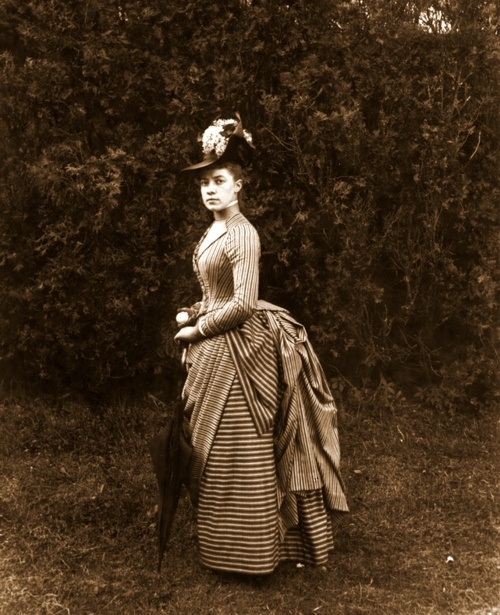There are certain mechanisms that affect the function of the Attire language. One of them is Intention. If either the intention of the designed garments, or of the wearer, are flawed in some way, the results can be a cacophonous mess. Conversely, when both wearer, and apparel items are in sync, the results can be sublimely wonderful to look at; and the message, poetry.
But, what do I mean by Intention? How does it work? The answer to the first part of the question, is twofold. When I refer to Intention with regard to garment and accessory design, I mean the initial concept for what the item is supposed to achieve. Does the finished product get there? If for example, the idea is to create a man's suit that is formal, but in a non traditional way, are the first words that pop into your head, dressy, or luxe? Or are you thinking of how the fit doesn't work, or the choice of materials misses the mark? Anyone who has designed anything knows the feeling of struggle to bring an idea to fruition. And surely anyone who has ever seen an episode of a televised design competition, like Project Runway, has seen designers battle with Intention, and sometimes fail.
The second part of the answer to the first question involves the wearer. What effect are they trying to achieve? Do they want to look successful, sexy, smart or sporty? Have they selected items that not only fit properly, but by their design support the desired end? Which means that they must have an understanding themselves of both the designer's intention, and of society's.
The other question, regarding how Intention functions, is a murkier thing to suss out. It is murky because Intention is a profoundly psychological aspect of the Attire language. The designer of clothing or accessories must be far more than simply a person who understands fit, fabric, color, construction, and silhouette. They must bring a deep understanding of the mindset of their potential client base, and their wishes. In other words, they must be able to delve into the psychology of their audience. If they are designing something sexy, what will their customers believe to be sexy? And a lot of that is based in our cultural conceptions of what sexy means, and looks like; so sociology also comes into play as an important tool for how designers get to a good end result.
In looking at the function of Intention from the wearer's standpoint, even more psychology, and sociology comes into use. The wearer, and we do this largely without conscious thought, gauges the event, and the people among whom they will be when making their choices. For example, would you wear board shorts and an O P t shirt to a job interview? No, of course not, unless you were looking for employment in a surf shop.
How many of us have stood before our mirror and wondered, sometimes aloud, if the outfit we were going to go out in made us look like we want to? We are not just looking into our own heads when we ask that question, but also trying to peek inside the heads of people we have not met, by employing what understanding we may have about social expectations, current visual ideals, and the potential outcomes of the event we are to attend. So, again, both psychology and sociology are energetically linked to Intention.
I would have to say that, of all the varied mechanics that make up the Attire language's functionality, Intention is the toughest to get consistently right. It requires a lot of consideration, and a willingness to look as dispassionately as we can at ourselves, to get there. For this reason its the most frequent culprit for any set of choices not making the statement we wish it to. We may think in our heads that such and such a thing looks smashing on us. It may be that the fit is off, and though we don't see it, others do; and they get the wrong message relayed to them as a result. Perhaps we have a delight in a certain color, and though some tones of it work quite well for us, others do not, and we have sadly chosen the wrong one.
All this said, when we do get it right we know it in moments, because those who know us will tell us with looks and words. And sometimes even strangers will take the time to say, with smiles, how much they love our look, or that our outfit is great. What they are responding to is not just that everything works together in color, pattern, and shape, but that we ourselves are shining through in a way they can see clearly. We have all experienced viewing someone who has managed to get it all in place. Even when we do not realize what we are seeing in the sense I'm discussing here, we understand, because the vision is completely of itself, and fully coherent. The psychology and the sociology that we bring to bear on everything we see, all the time, allows us to categorize what we are encountering with ease, and effectively. We have no moment of disconnect, no confusion.
So, we might have a vast, varied wardrobe of Attire words from which to choose, but it is the correct realization of Intention that makes them work for us, or against us.








No comments:
Post a Comment